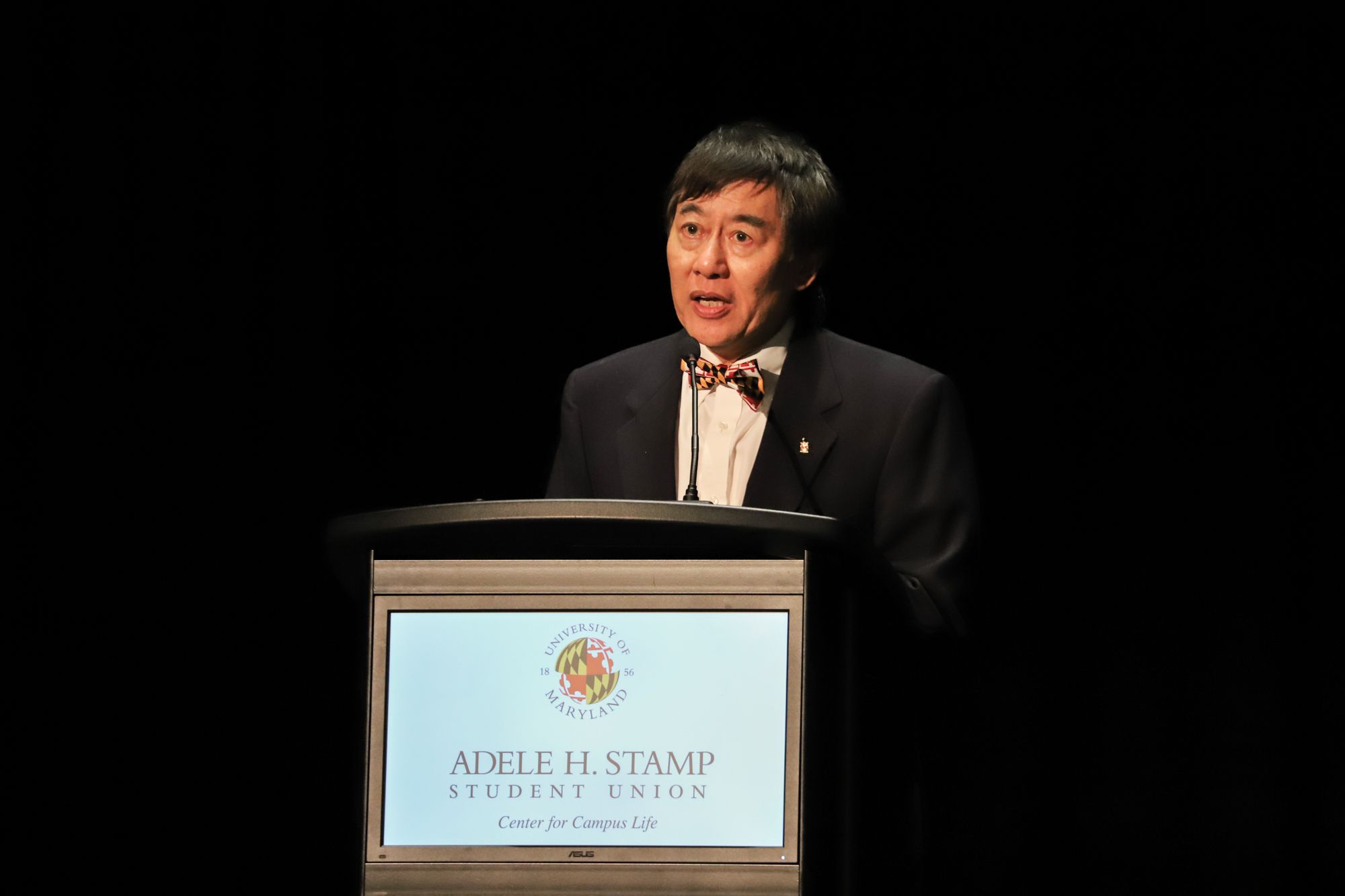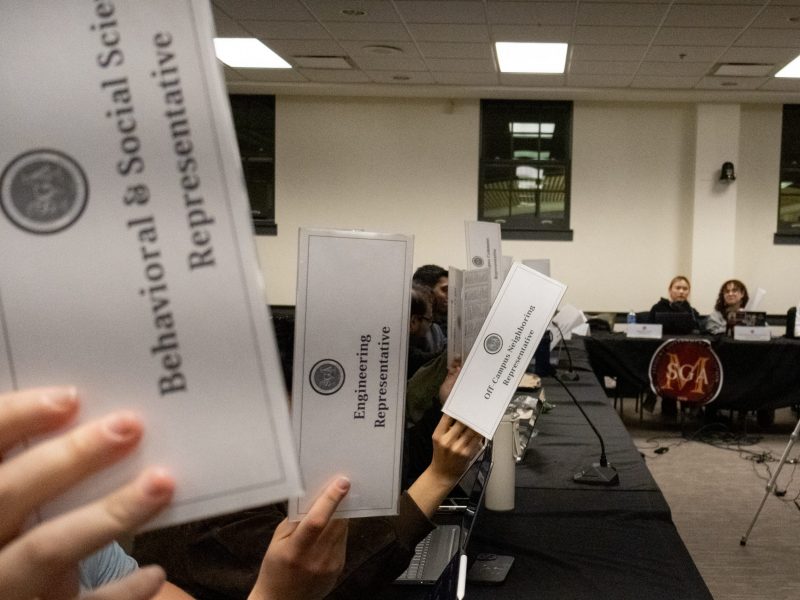After two weeks of turmoil at the University of Maryland, university President Wallace Loh turned down media interviews about the football culture report, the Board of Regents turnover and his announced retirement.
In an interview with The Diamondback late last week, he stressed this message: He’s not looking back, and he wants to move forward.
“[The focus is] not on what happened in the past two weeks — that’s behind us,” he said. “It’s how to create this new culture.”
But a lot happened in those two weeks.
On Oct. 25, The Washington Post leaked the results of an investigation into the football program’s culture, detailing a lack of oversight — from Loh and other top officials — resulting in an abusive environment. And at an Oct. 30 press conference, the regents recommended that athletic director Damon Evans and then-football coach DJ Durkin keep their jobs, while Loh announced his June retirement.
The regents reportedly told Loh he could keep Durkin in his role, or they’d get rid of him. The board has the power to hire and fire university presidents, but university-level personnel decisions are under the university’s purview.
[Read more: UMD’s DJ Durkin, Damon Evans will keep jobs; Wallace Loh to retire in June]
Just one day after the press conference, Loh announced in a campuswide email that Durkin was fired.
All of this university’s deans backed the president in a Nov. 1 campuswide email, which detailed their shock at Loh’s “forced retirement.” Later that day, students clashed at an on-campus protest — which was originally planned to push for Durkin’s firing but was redirected toward increasing attendance at games — and regents chair James Brady announced he’d step down.
University students also held a rally called “Fire the Liars” where they called for Loh to remain committed to retiring and condemned the university administration for what they felt were missteps in responding to campus diversity issues. And when the regents elected a new chairwoman, Linda Gooden, she walked back the board’s recommendations and apologized to the family of Jordan McNair.
In the same week, the university also fired athletic trainers Steve Nordwall and Wes Robinson, who bore responsibility in failing to properly diagnose and treat McNair.
“I think my responsibility — and the responsibility of a lot of people on this campus — is going forward,” Loh said. “What exactly are we going to do to change the culture of football? How are we going to do it?”
He said there’s already been “dramatic changes” with Evans as athletic director to open up communication in the athletic department — a noted difference from when former athletic director Kevin Anderson authorized department-controlled funds to legally represent student-athletes accused of sexual misconduct.
[Read more: After 5 months, UMD parts ways with trainers who failed to properly treat Jordan McNair]
“There were things happening in athletics that I did not know about. But now, we have made changes, Damon has made changes, to make sure that that never happens again,” Loh said. “This notion of being able to go out and hire an attorney, in total violation of our policies and procedures, that I don’t even know about, and then it takes somebody else to leak it to me, and I say, ‘What the hell is going on?’ This is no longer happening.”
The football culture report outlined how the athletic department — and the university administration — bore some responsibility for the abuse in the program.
An email sent to Loh’s office more than a year before McNair’s death described abuse in the athletic department, but after it was passed along from one official to another, no one took definitive action to investigate the email. And the process by which Loh forced out Anderson — he took a six-month sabbatical before resigning, rather than stepping down immediately — fed the dysfunction in the athletic department, which led to a lack of accountability, according to the report.
In outlining the changes Evans has instituted, Loh distinguished his role from the athletic director.
“I have to sort of remind people, I’m the president of the university, I’m not the president of the athletic department,” he said. “You hire people to do this, and that’s what [Evans is] doing.”
Loh once again emphasized how the university began implementing Walters’ report recommendations long before they were released in September, and how the university will be bringing in an outside group “to keep us honest, [and] to keep us accountable” in their implementation of both reports’ recommendations.
The 20 recommendations in the Walters report included ones to define clear roles for athletic training staff, update the emergency action plan on a day-to-day basis and establish an Athletic Medicine Review Board to oversee sports medicine staff.
In terms of the football program’s culture, Loh said “a lot” of the “unacceptable conduct” occurs in other programs beyond this university, and hopes this university’s changes serve as a national model.
“My point simply is: I’m looking ahead, I’m not looking back at what happened the past two weeks,” he said.



